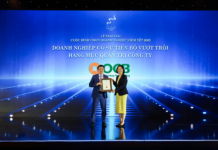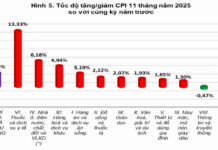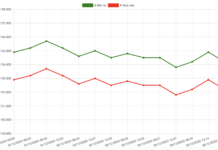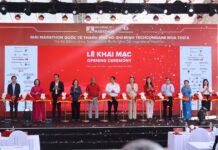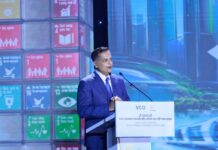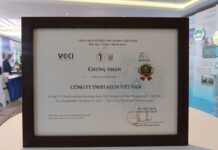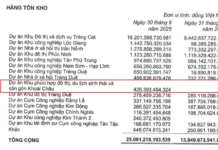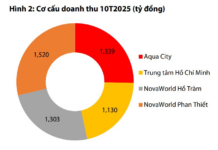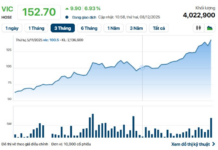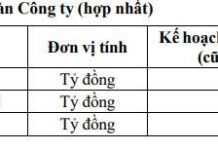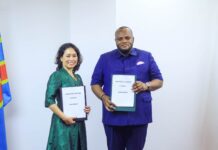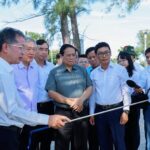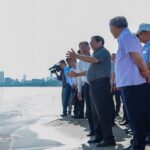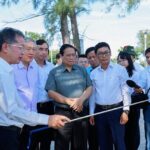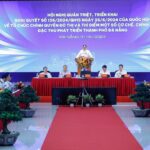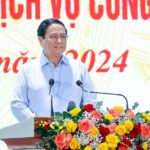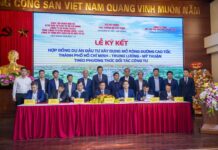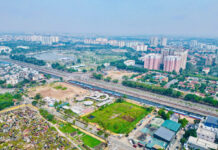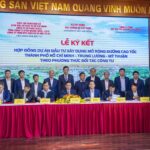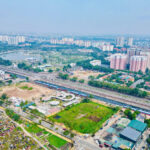According to Prime Minister Pham Minh Chinh, piloting a free trade area in Danang is a new and challenging task, but it must be done, no matter the difficulties. He emphasized that this is not only the responsibility of the city but also requires the dedication and collaboration of central ministries and sectors.
This statement was made by the Prime Minister at a conference held on August 31st, focusing on propagating and implementing Resolution No. 136/2024/QH15 of the National Assembly on organizing the urban administration and piloting several specific mechanisms and policies for the development of Danang city. This resolution introduces novel and groundbreaking policies for the city and the entire country.
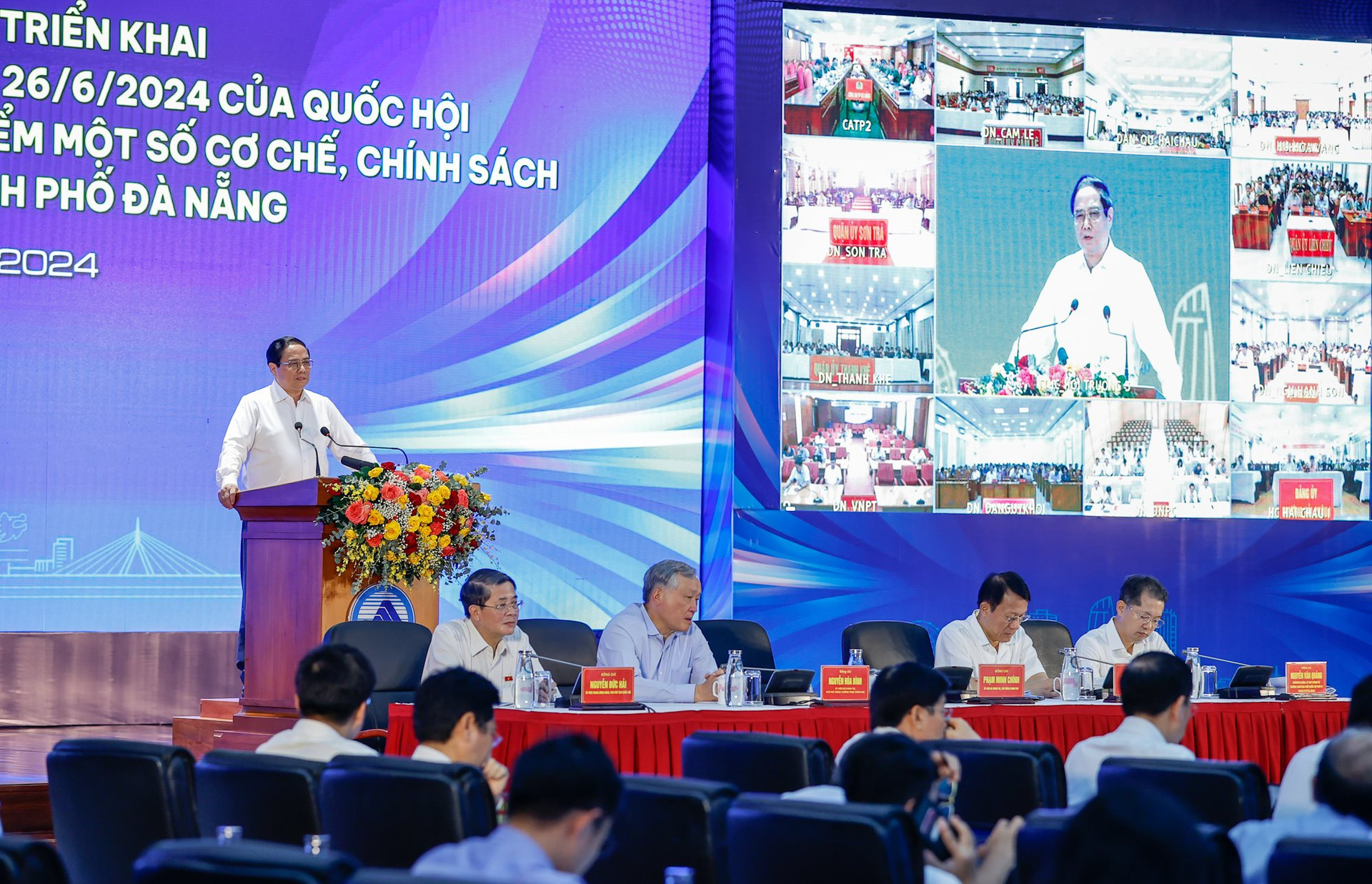
Prime Minister chairs the conference on implementing Resolution 136 for Danang’s development (Photo: Chinhphu.vn)
Resolution 136/2024/QH15 stands out with its innovative aspects, notably attracting strategic investors (Article 12), establishing the Danang Free Trade Area (Article 13), and land revocation for constructing logistics center components and structures (Article 11).
During the conference, Prime Minister Pham Minh Chinh assigned the Ministry of Planning and Investment to take the lead, in collaboration with relevant ministries, sectors, and the Danang People’s Committee, to study, formulate, and submit to the Prime Minister for issuance of a decision on establishing the Danang Free Trade Area and its operating regulations.
As part of his working agenda in Danang, the Prime Minister inspected several key projects and locations on September 1st, including the prospective site for the nation’s first free trade area through land reclamation.
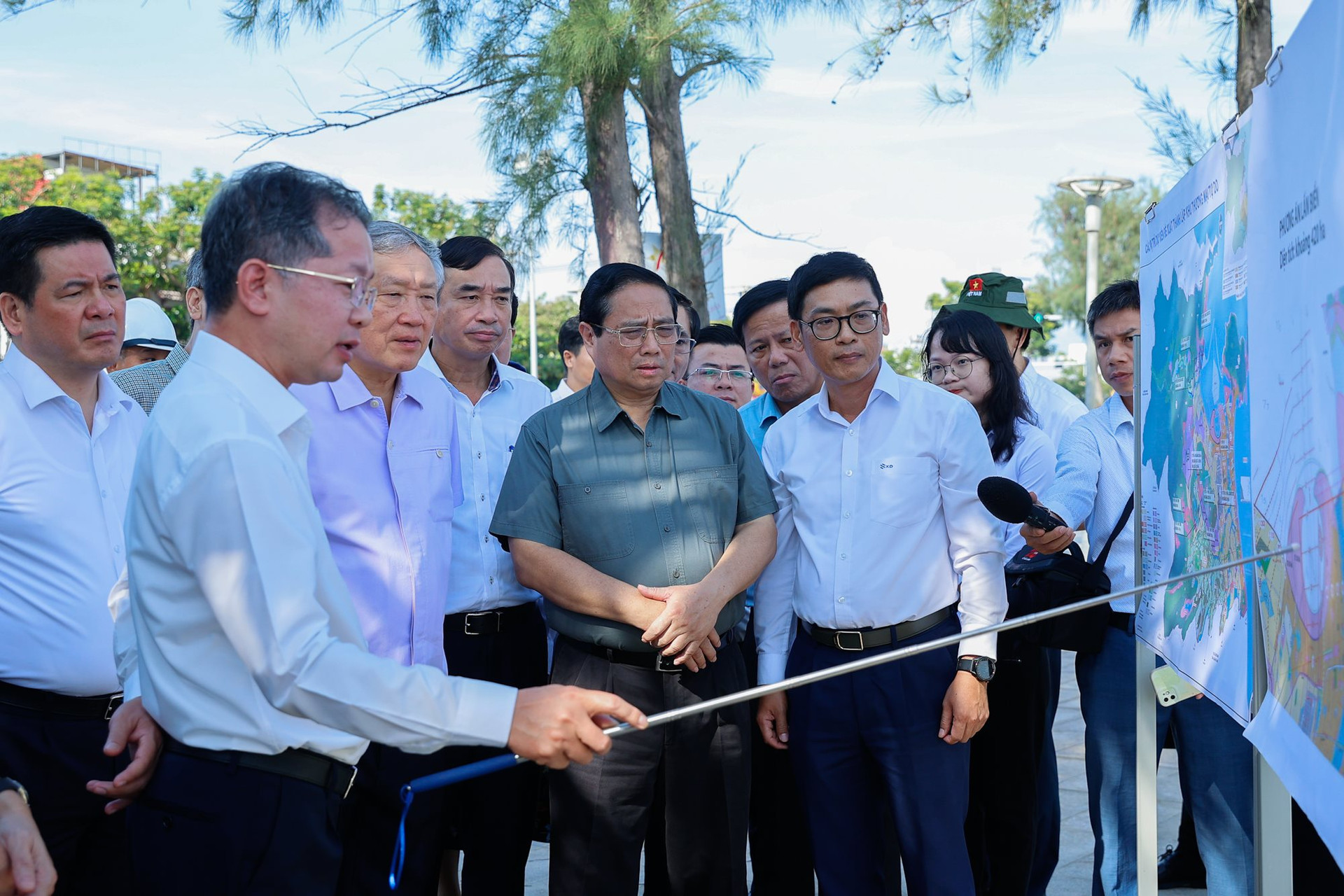
Prime Minister inspecting the proposed site for the commercial services area within the Free Trade Area (Photo: VGP/Nhat Bac)
The Prime Minister examined two potential sites for the commercial services area within the Danang Free Trade Area: a land reclamation project along Nguyen Tat Thanh Street in Thanh Khe District (intended for logistics services, approximately 420 hectares) and a 90-hectare site at the foot of Ba Na mountain in Hoa Vang District (already zoned for commercial and service purposes).
During this site inspection, the Prime Minister instructed the Danang city authorities to review the planning for commercial and service development areas, thoroughly studying and defining the connections between these areas, including soft and hard infrastructure, transportation, policies, and management. He emphasized that these connections should be considered within the context of the city’s socioeconomic development, ensuring that they complement rather than hinder each other.
Resolution 136/2024/QH15 mandates the establishment of the Danang Free Trade Area in association with Lien Chieu Seaport. The free trade area is a functional zone with a defined geographical boundary, established to pilot mechanisms and policies aimed at attracting high-quality investment, finance, trade, tourism, and services.
The resolution clarifies that the Danang Free Trade Area will comprise functional areas as specified in the decision of the Prime Minister on its establishment, including production, logistics, commercial and service areas, and other types of functional areas as stipulated by law.
The functional areas within the Danang Free Trade Area will be physically separated from the outside area by a solid barrier, ensuring customs inspection, supervision, and control by the customs authority and state management by relevant agencies in their respective fields, in accordance with the law. The exchange of goods between the functional areas of the Danang Free Trade Area and the outside area shall be considered as import and export activities, subject to the law on customs, taxes, and import and export regulations.
Unlocking New Frontiers: Embracing Land Reclamation for a Brighter Future
Prime Minister Pham Minh Chinh has agreed in principle to the need for land reclamation to create new land funds and expand the development space of the city. However, he emphasized the importance of meticulous research and calculations regarding the filling materials and the post-reclamation land area’s functionality. The newly reclaimed land should adhere to the criteria of a free trade zone, with the most favorable locations designated for commercial and industrial activities.
Unlocking Đà Nẵng’s Future Trajectory: Resolution 136 as the Catalyst for Dynamic and Expedited Development
Prime Minister Pham Minh Chinh outlined nine key task groups and three overarching tasks to implement the resolutions of the Party, National Assembly, and Government on special mechanisms and policies for the development of Da Nang. These tasks aim to propel Da Nang’s growth to new heights, achieving rapid, breakthrough progress that keeps pace with the nation and propels the city forward in this new era.
“Maximizing Convenience and Service Excellence: Streamlining Administrative Procedures for Citizens and Enterprises”
With a clear vision, Prime Minister Pham Minh Chinh outlined a comprehensive strategy for online public services, emphasizing a single goal: to create the most convenient and efficient experience for citizens and businesses navigating administrative procedures. This ambitious plan is supported by two pillars: streamlining processes and enhancing digital infrastructure.
The three key breakthroughs identified are crucial to achieving success: first, a unified national database will ensure information is shared seamlessly between government agencies. Second, the integration of online public services across all platforms and devices will create a consistent and accessible user experience. Finally, the enhancement of digital signatures and verification will ensure secure and trusted transactions.
The “4 No’s” principle underpins this strategy: no provision of unnecessary information by citizens, no repetitive submissions, no unnecessary direct contact, and no paper-based procedures. To ensure the effectiveness of this initiative, the Prime Minister also emphasized “5 Enhancements”: improving the quality and usability of online public services, promoting widespread digital transformation, ensuring information security and safety, enhancing the capacity of state employees, and strengthening international cooperation in this field.






